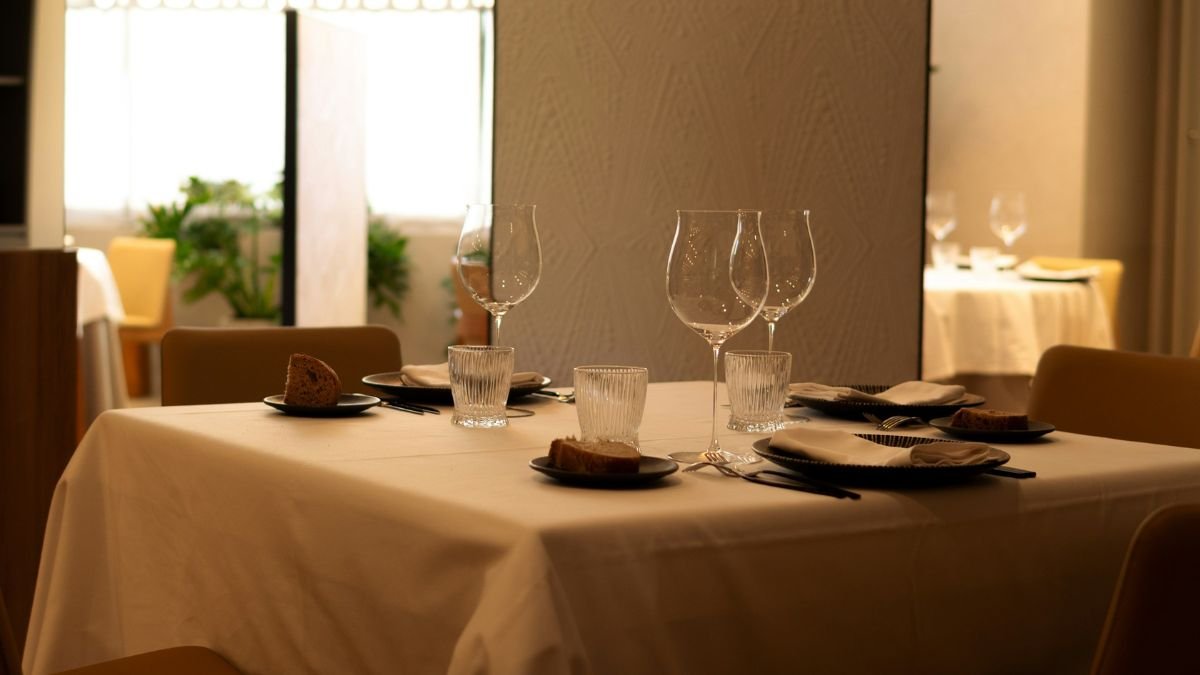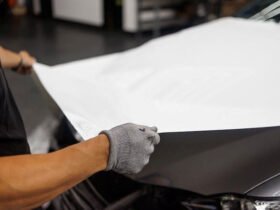Every detail, from food preparation to the ambiance, plays a part in creating a lasting impression. In New Jersey, a region known for its diverse and competitive food scene, restaurant operations must be flawless behind the scenes to deliver a great customer experience. With the right management solutions, businesses in NJ can improve their overall operational efficiency.
Here’s how you can ensure every aspect of the experience is smooth and enjoyable for your customers:
The Importance of Streamlining Operations
Efficiency is key to running a successful restaurant. Behind every great meal is a well-organized operation that ensures everything runs smoothly from the kitchen to the table. Streamlining these processes minimizes wait times, improves the quality of food served, and enhances the overall dining experience. When every aspect of the operation, staff coordination, kitchen workflow, and customer service, works together, the restaurant can handle high volumes without compromising on quality. By focusing on continuous improvement and efficiency, restaurants can provide customers with a better experience and increase their profitability.
The Role of Quality Linens in Restaurant Operations
The appearance of a restaurant is often the first thing guests notice. Linen quality plays a significant role in creating a welcoming environment. When a restaurant in NJ uses high-quality linens, from tablecloths to napkins, it elevates the dining atmosphere and adds to the overall ambiance. Linen services can ease operational challenges by delivering consistently clean and professionally maintained linens. NJ Linen rentals also help businesses avoid the hassle of laundry services and replacements. With a reliable linen provider, restaurants can focus on other aspects of their operations, knowing that their linens are always of high quality and ready for use.
Efficient Kitchen Workflow: Key to Success
A well-organized kitchen is essential for any restaurant that aims to serve quality food quickly. Streamlining kitchen operations can make a significant difference in reducing wait times and ensuring food quality. From maintaining a clean workspace to organizing tools and ingredients, an efficient kitchen increases productivity and reduces the chances of mistakes. The key to a smooth kitchen operation is clear communication between the kitchen staff and front-of-house teams. When chefs can focus on cooking, without constantly searching for ingredients or tools, they can deliver dishes that meet the industry standards faster, creating a better experience for guests.
Staff Training and Team Coordination
An essential part of streamlining operations is training staff to work efficiently and coordinate with each other. Whether it’s waitstaff, chefs, or managers, every team member must be well-trained and capable of performing their duties with minimal supervision. Proper training ensures staff can easily handle peak hours, maintain a calm and friendly demeanor, and provide guests with an exceptional experience. Also, teamwork is crucial. Front-of-house and back-of-house staff must communicate effectively to ensure food is prepared and served promptly. When all teams are aligned, operations run more smoothly, and guests benefit from a better, faster experience.
Inventory Management: Reducing Waste and Maximizing Profit
Inventory management is critical for any restaurant that wants to reduce waste and maximize profitability. Eateries must keep track of ingredients, beverages, and other supplies to ensure they are always stocked but not overstocked. By managing inventory well, a restaurant can minimize food waste, prevent spoilage, and make better purchasing decisions. Implementing inventory management systems can streamline the ordering process, reduce stockouts, and even lower food costs. Restaurants can use these systems to track usage and forecast future needs, ensuring they have the right amount of inventory at the right time without tying up capital in excess stock. When a restaurant operates efficiently with minimal waste, profitability increases, and the dining experience improves.
Technology in Restaurant Operations
Technology has become a critical tool in optimizing restaurant operations. With advancements in point-of-sale (POS) systems, online reservations, and inventory management software, restaurants can increase efficiency and reduce human error. For example, a modern POS system allows servers to take orders quickly and send them directly to the kitchen, reducing the chance of miscommunication. Similarly, table reservation systems can manage customer flow, minimizing wait times during peak hours. Technology also helps with tracking inventory and ordering supplies, making stock management more efficient and cost-effective. By embracing technology, restaurants can streamline their operations, improve customer service, and enhance overall performance, ensuring smooth and effective service.
Customer Service: The Heart of the Dining Experience
Customer service is essential to every restaurant’s success. Even with the best food and ambiance, a poor service experience can turn customers away. Streamlining customer service operations involves training staff to be attentive, friendly, and responsive while also ensuring they can handle busy periods without stress. By creating standard procedures for taking orders, handling complaints, and addressing special requests, restaurants can make the process more efficient. For example, having a clear approach to managing reservations and greeting guests can enhance the overall flow of operations. When customer service runs smoothly, customers feel valued and are more likely to return, boosting both repeat business and positive reviews.
The Impact of Cleanliness on Restaurant Operations
Cleanliness is a non-negotiable factor in creating a positive dining environment. From the kitchen to the restrooms, maintaining a spotless restaurant reflects professionalism and attention to detail. Streamlining cleanliness routines can save time and resources, ensuring that each area is consistently kept in top condition. One way to achieve this is by scheduling regular cleaning and sanitizing procedures, especially in high-traffic areas. By incorporating a systematic approach to cleaning, restaurants can not only ensure compliance with health regulations but also improve customer satisfaction. A clean and well-maintained restaurant encourages trust, helping to create a welcoming atmosphere for guests and contributing to their overall experience.
Behind every successful dining experience is a well-oiled operation that runs smoothly and efficiently. From kitchen workflow to linen services and customer service, streamlining every aspect of restaurant operations ensures that guests enjoy their meal and experience the level of care and attention they deserve. By focusing on key operational areas like staff training, inventory management, technology, and cleanliness, restaurants can improve efficiency, reduce waste, and deliver exceptional experiences. Ultimately, streamlining operations is about creating an environment where everything works together seamlessly, allowing restaurants to provide a delightful experience that keeps customers coming back.













